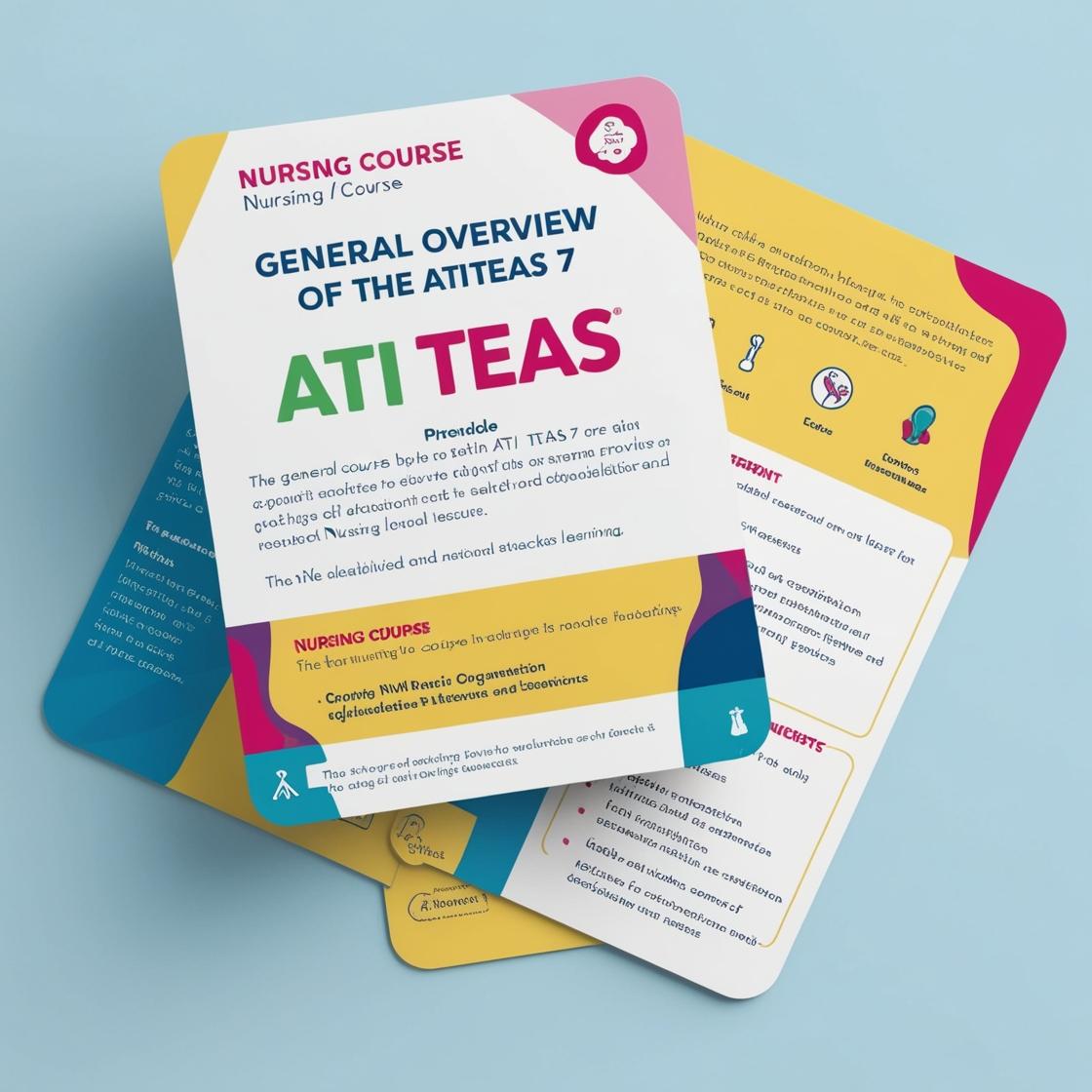ATI TEAS 7
Nursing Metric Conversions
1. What is 0.16 as a fraction?
- A. 16\100
- B. 16\1000
- C. 4\25
- D. 4\50
Correct answer: C
Rationale: To convert 0.16 into a fraction, you write it as 16\100, which simplifies to 4\25. This fraction is in its simplest form and accurately represents the original decimal value without further reduction. Choice A (16\1000) is incorrect because the fraction is not simplified, and Choice D (4\50) is incorrect as it simplifies to 2\25, not representing the original decimal value. Therefore, Choice C is the correct answer.
2. Convert 0.075 mg to micrograms.
- A. 75 mcg
- B. 7.5 mcg
- C. 0.75 mcg
- D. 750 mcg
Correct answer: D
Rationale: To convert milligrams to micrograms, you need to multiply by 1000, not 10000. Therefore, to convert 0.075 mg to mcg, you multiply 0.075 by 1000, giving you 75 mcg. The correct answer is not provided in the choices, and the correct conversion is 75 mcg, which is not listed as an option. Choices A, B, and C are incorrect because they do not reflect the correct conversion factor. Choice D, 750 mcg, is a common mistake made by incorrectly adding a zero. It is important to remember that the conversion from milligrams to micrograms involves multiplying by 1000, not adding extra zeros.
3. What does 'km' stand for in the metric system?
- A. kilometer
- B. kilomole
- C. kilobyte
- D. knot
Correct answer: A
Rationale: In the metric system, 'km' stands for kilometer, which is a unit of length equal to 1,000 meters. This choice is correct as 'kilometer' is the standard unit for measuring long distances. Choice B, 'kilomole,' is incorrect as it is a unit in chemistry representing a quantity of substance. Choice C, 'kilobyte,' is incorrect as it is a unit of digital information storage, not a unit of measurement. Choice D, 'knot,' is incorrect as it is a unit of speed used in navigation and aeronautics, not a unit of length in the metric system.
4. How many milligrams are in 2 grams?
- A. 200 mg
- B. 2,000 mg
- C. 20 mg
- D. 20,000 mg
Correct answer: B
Rationale: To convert grams to milligrams, you need to multiply by 1,000 since there are 1,000 milligrams in a gram. Therefore, 2 grams is equal to 2,000 milligrams. Choice A (200 mg) is incorrect as it represents 0.2 grams. Choice C (20 mg) is incorrect as it represents 0.02 grams. Choice D (20,000 mg) is incorrect as it represents 20 grams.
5. What is 0.5 liters expressed in milliliters?
- A. 50 ml
- B. 500 ml
- C. 5 ml
- D. 0.5 ml
Correct answer: B
Rationale: To convert liters to milliliters, you multiply by 1000 since there are 1000 milliliters in a liter. Therefore, 0.5 liters x 1000 = 500 ml. Choice A (50 ml) is incorrect as it would be the conversion of 0.05 liters. Choice C (5 ml) is incorrect as it would be the conversion of 0.005 liters. Choice D (0.5 ml) is incorrect as it is the original measurement in milliliters, not the converted value from liters.
Similar Questions

Access More Features
ATI TEAS Premium Plus
$149.99/ 90 days
- Actual ATI TEAS 7 Questions
- 3,000 questions with answers
- 90 days access
ATI TEAS Basic
$99/ 30 days
- 3,000 Questions with answers
- 30 days access
